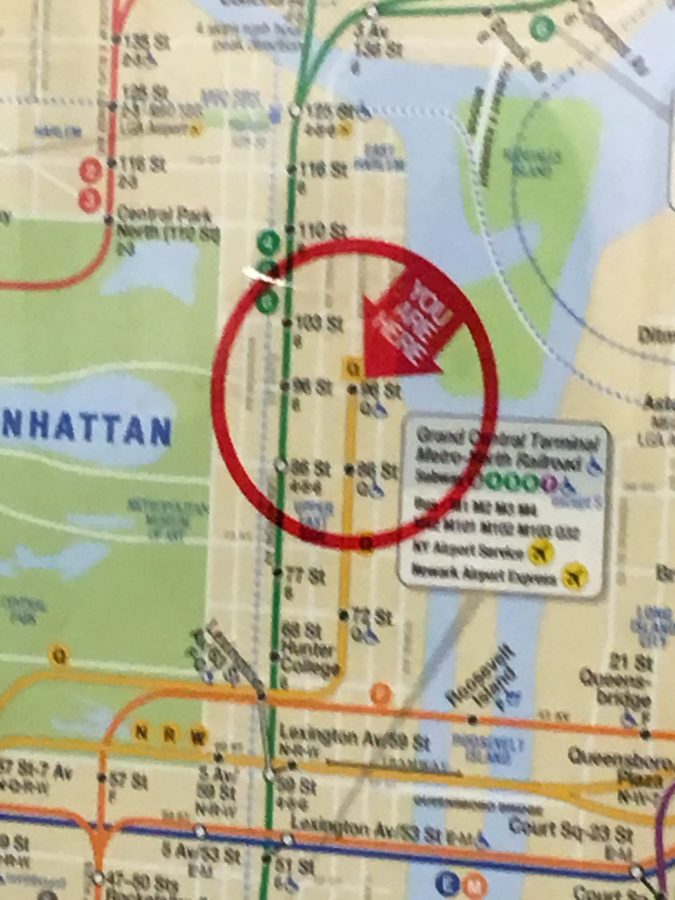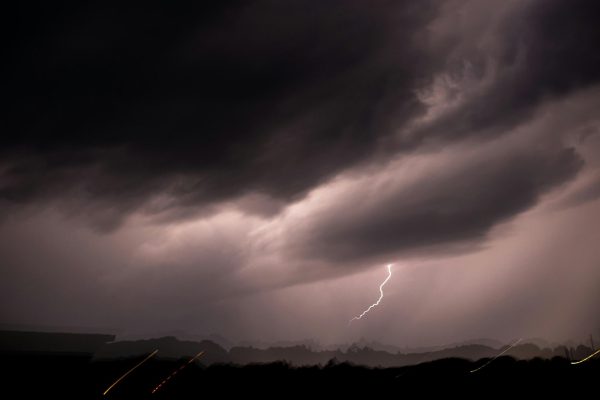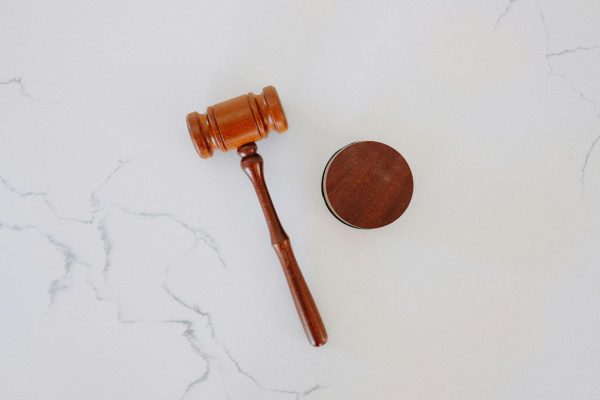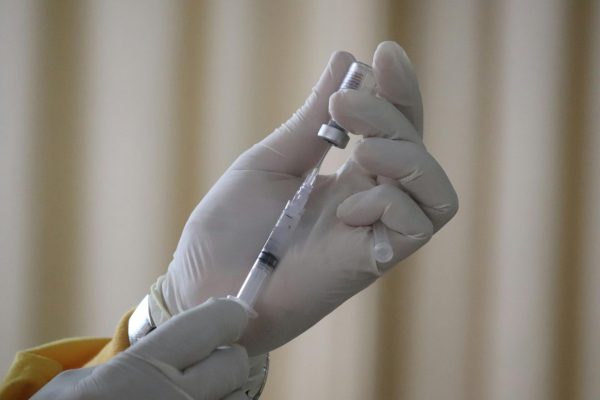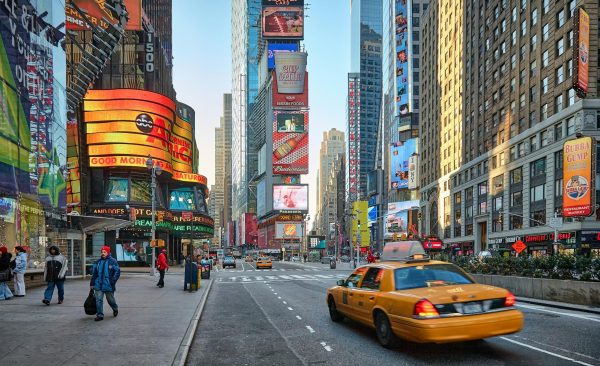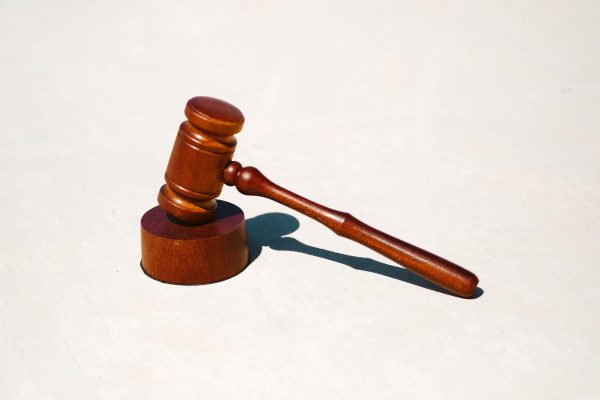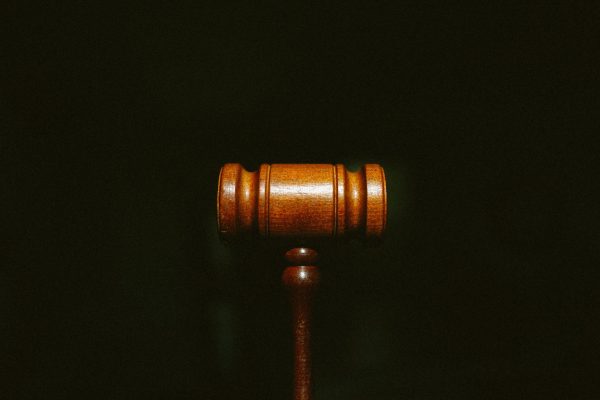Second Avenue Subway FAQ
People have many questions about New York City’s new Second Avenue Subway. I’ll answer a few here.
January 27, 2017
What is the Second Avenue Subway?
The Second Avenue Subway (SAS) is an ongoing MTA project to add another subway line to Manhattan’s East Side, which previously only had one crowded line: Lexington Avenue. This starkly contrasts with Manhattan’s West Side, which has three dedicated lines. When the four phases of SAS are completed, the subway will service an estimated 550,000 people daily from 125th Street in East Harlem to Hanover Square in the Financial District.
I’ve heard this took a hundred years to build. Is this true?
Yes, and no. SAS was first conceived in the 1920s in order to improve train service on the East Side. Back then, the East Side was filled with Elevated routes, which were considered both “Dirty” and “Hindering” to East Side development. However, people demolished the “Elevateds” before starting construction of SAS. When the project was scrapped due to the Great Depression and World War II, the East Side was only left with the Lexington Avenue Subway, and an unconstructed SAS. The project was revived in the late 60s in the Program for Action, which promised many ambitious expansions to the New York City Subway–SAS included. Construction of the tunnels began under the Program for Action. However, the city went bankrupt in 1974 due to poor management and construction of the new lines. In addition, this was during a time when the subway was covered in graffiti left and right, meaning that management prioritized improving the existing system. In the late 90s, SAS was reviewed again before finally receiving the green light in 2007.
Progress report?
On New Year’s Day, 2017, Phase 1 was completed, extending the Q line from 57th Street on the West Side to 96th Street, 2nd Avenue. The MTA believes that an estimated 25,000 people will be taken off Lexington Avenue daily with the extension, which isn’t that much because Lexington Avenue serves 1.3 million people daily.
How are the stations?
During midterms week, I took a trip to New York City to take advantage of Restaurant Week, and I made a detour to the new stations. First of all, they look very modern, bright, and clean, which can’t be said for most stations in the city. It did, however, feel very cold because of the ancillary buildings: boxy constructions five stories high that cool the station and provide safe evacuation in the event of a fire. I also wasn’t able to check out the artwork because it required me to exit the station. Finally, one month in, and the station isn’t complete.
Nevertheless, with no columns, clean platforms, and fresh air, it is a well-done, modern subway station.
What’s next?
Phase 2, which would extend the line further to 125th Street, has $1 billion allocated by New York City, even though the city needs $5 billion to start the project. It is estimated that the extension will be open sometime between 2027-2029, after the city receives the rest of the funds. Phase 3 extends the line to Houston Street in Lower Manhattan, and Phase 4 completes the line via an extension to Hanover Street. Neither have received funding commitments yet, but let’s hope the line gets completed soon.


